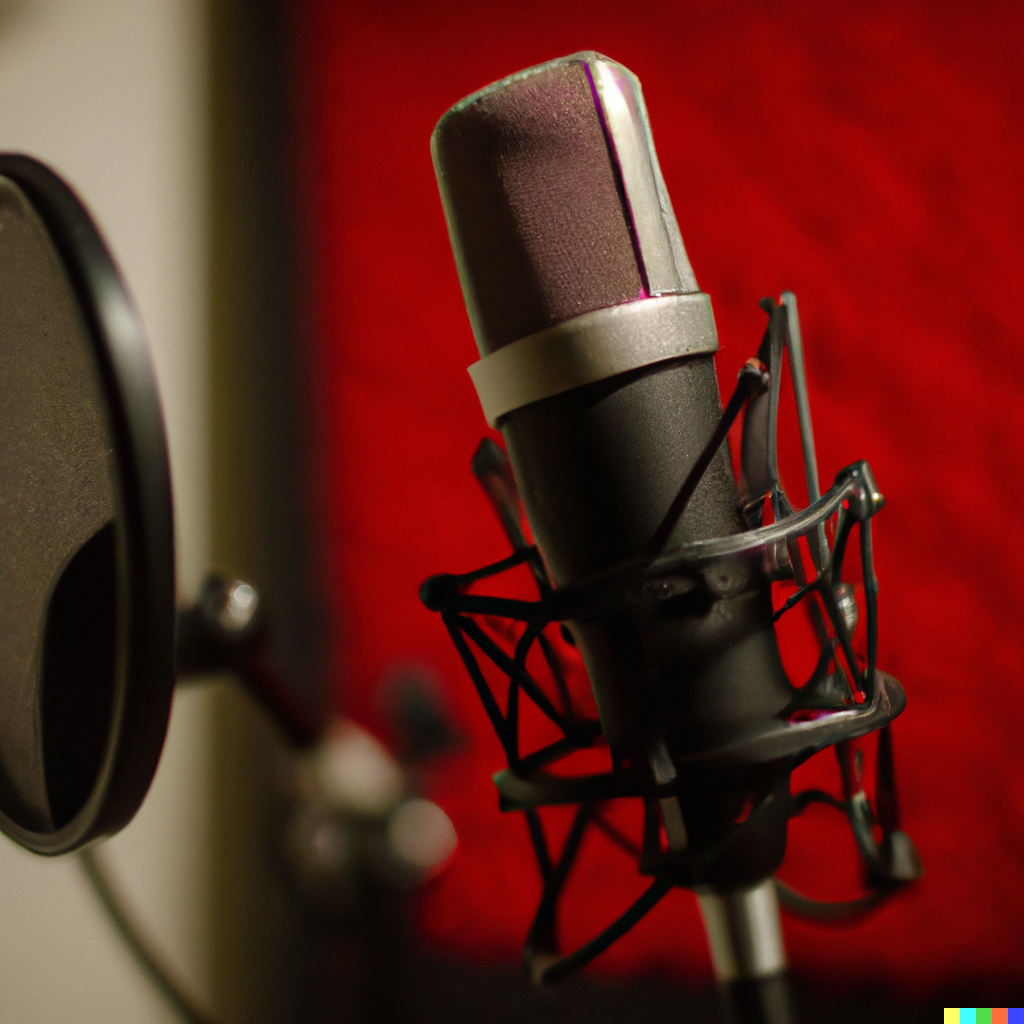Microphone techniques are critical for recording engineers to master.
Proper microphone placement and selection can make a significant difference in the quality of the recorded sound. In this article, we’ll explore some microphone techniques that can help you capture high-quality sound.
Microphone Types
Before we dive into specific techniques, it’s important to understand the different types of microphones. There are three primary types of microphones:
1. Dynamic Microphones
Dynamic microphones are rugged and versatile. They’re ideal for recording loud sources, such as drums and electric guitars.
2. Condenser Microphones
Condenser microphones are more sensitive than dynamic microphones and offer a wider frequency response. They’re ideal for recording vocals and acoustic instruments.
3. Ribbon Microphones
Ribbon microphones are delicate and have a warm, natural sound. They’re ideal for recording acoustic instruments and vocals.
Microphone Placement Techniques
Now that we have an understanding of the different types of microphones, let’s explore some microphone placement techniques.
1. Close Miking
Close miking involves placing the microphone close to the sound source. This technique is ideal for recording loud sources, such as drums and electric guitars.
2. Spaced Pair
A spaced pair involves placing two microphones at a distance from each other. This technique is ideal for recording acoustic instruments, such as a piano or guitar.
3. X/Y Technique
The X/Y technique involves placing two microphones at a 90-degree angle to each other. This technique is ideal for recording stereo sources, such as a drum kit or choir.
4. Mid-Side Technique
The mid-side technique involves placing one microphone (the mid microphone) facing the sound source and another microphone (the side microphone) at a 90-degree angle to the mid microphone. This technique is ideal for recording stereo sources, such as a piano or guitar.
5. Overhead Technique
The overhead technique involves placing microphones above the sound source. This technique is ideal for recording drum kits and other percussion instruments.
Microphone Selection Tips
Choosing the right microphone for the job is crucial for capturing high-quality sound. Here are some tips for selecting the right microphone:
1. Consider the Source
Different microphones are suited to different sources. Consider the source you’re recording and choose a microphone that’s best suited to that source.
2. Consider the Room
The acoustic environment can have a significant impact on the recorded sound. Consider the room you’re recording in and choose a microphone that’s best suited to that room.
3. Consider the Budget
Microphones come in a wide range of prices. Consider your budget and choose a microphone that offers the best value for money.
Conclusion
Mastering microphone techniques is essential for recording engineers. Proper microphone placement and selection can make a significant difference in the quality of the recorded sound. By using the techniques and tips outlined in this article, you’ll be able to capture high-quality sound and create professional-grade recordings.

Leave a Reply